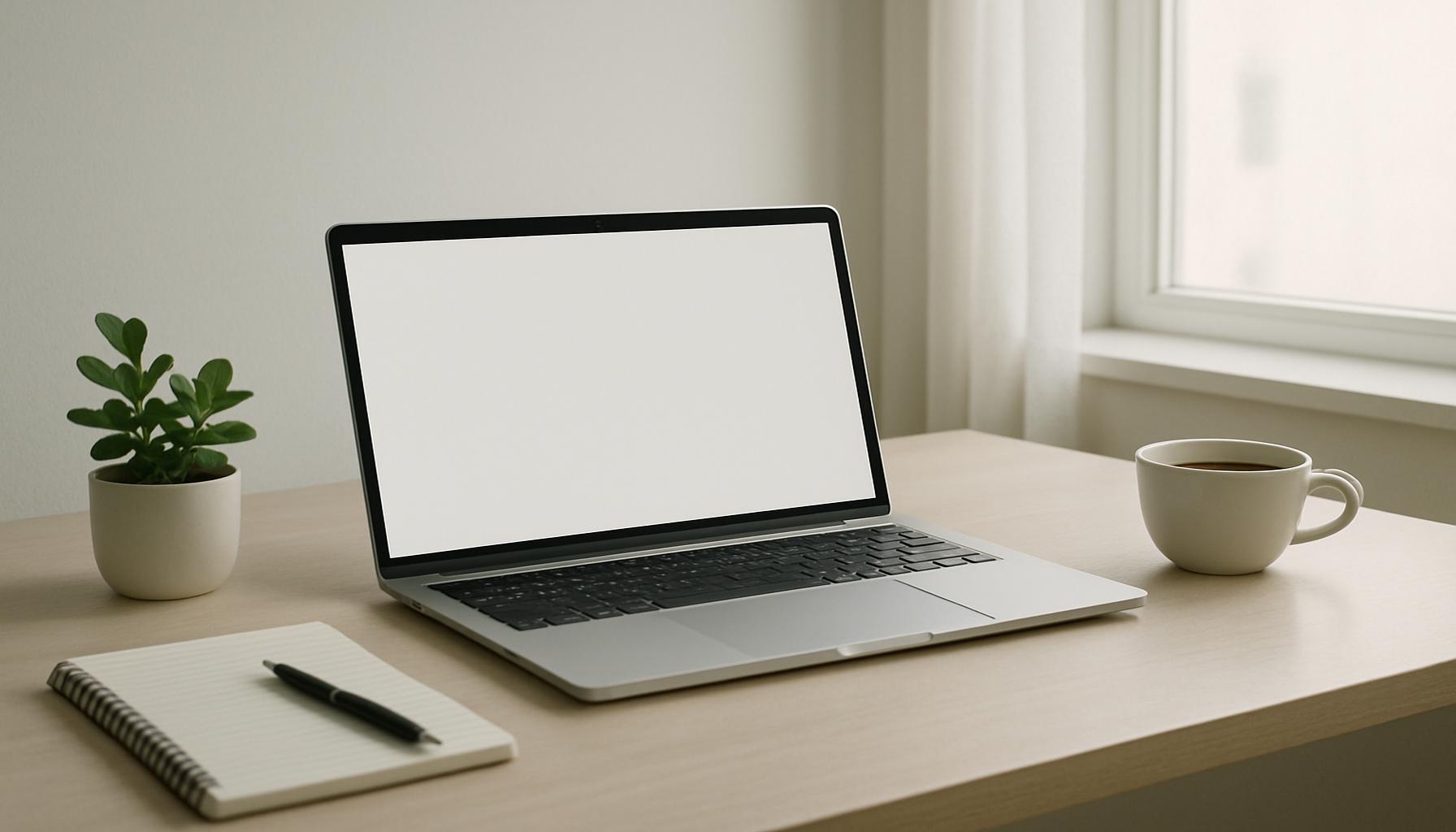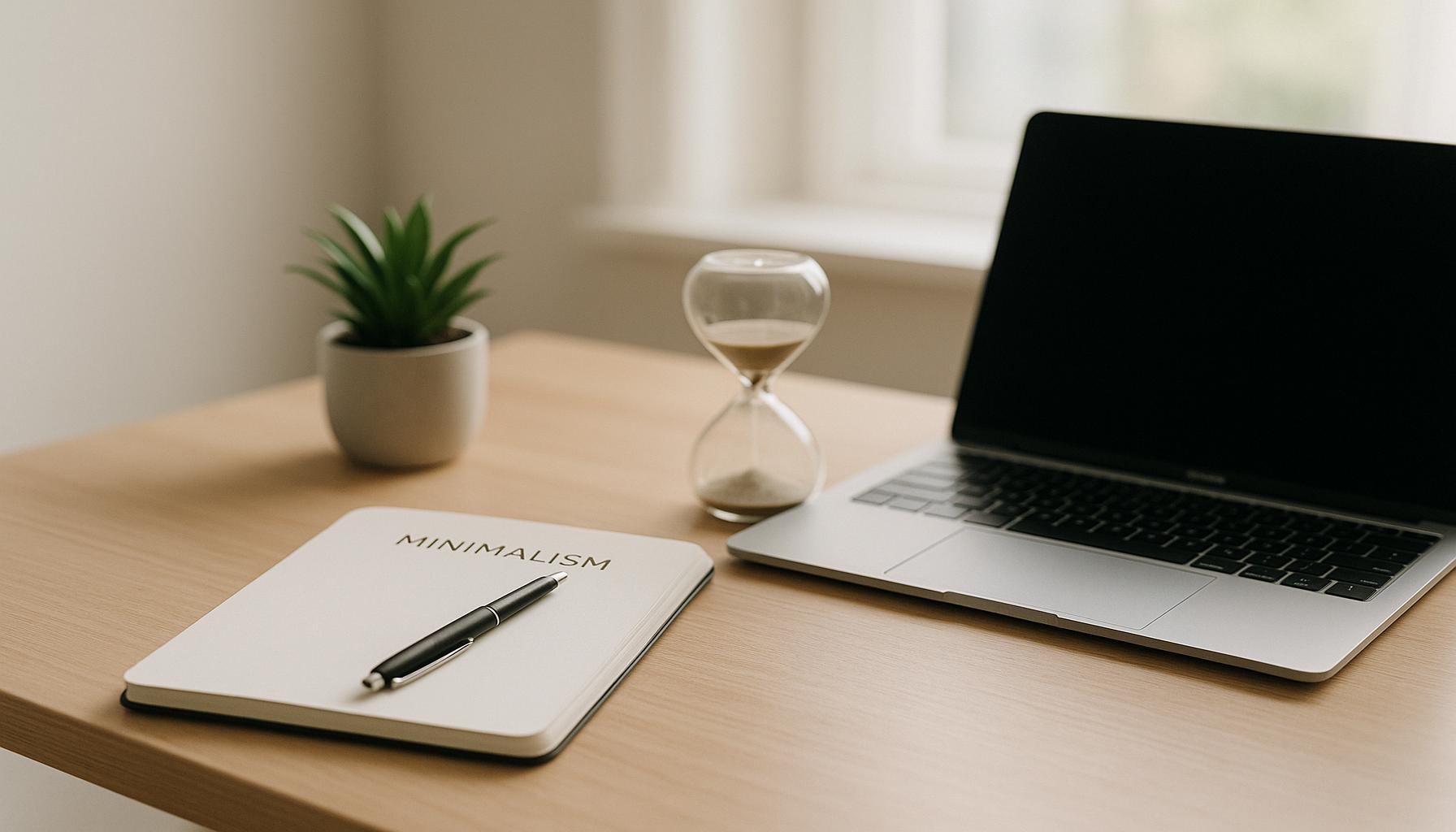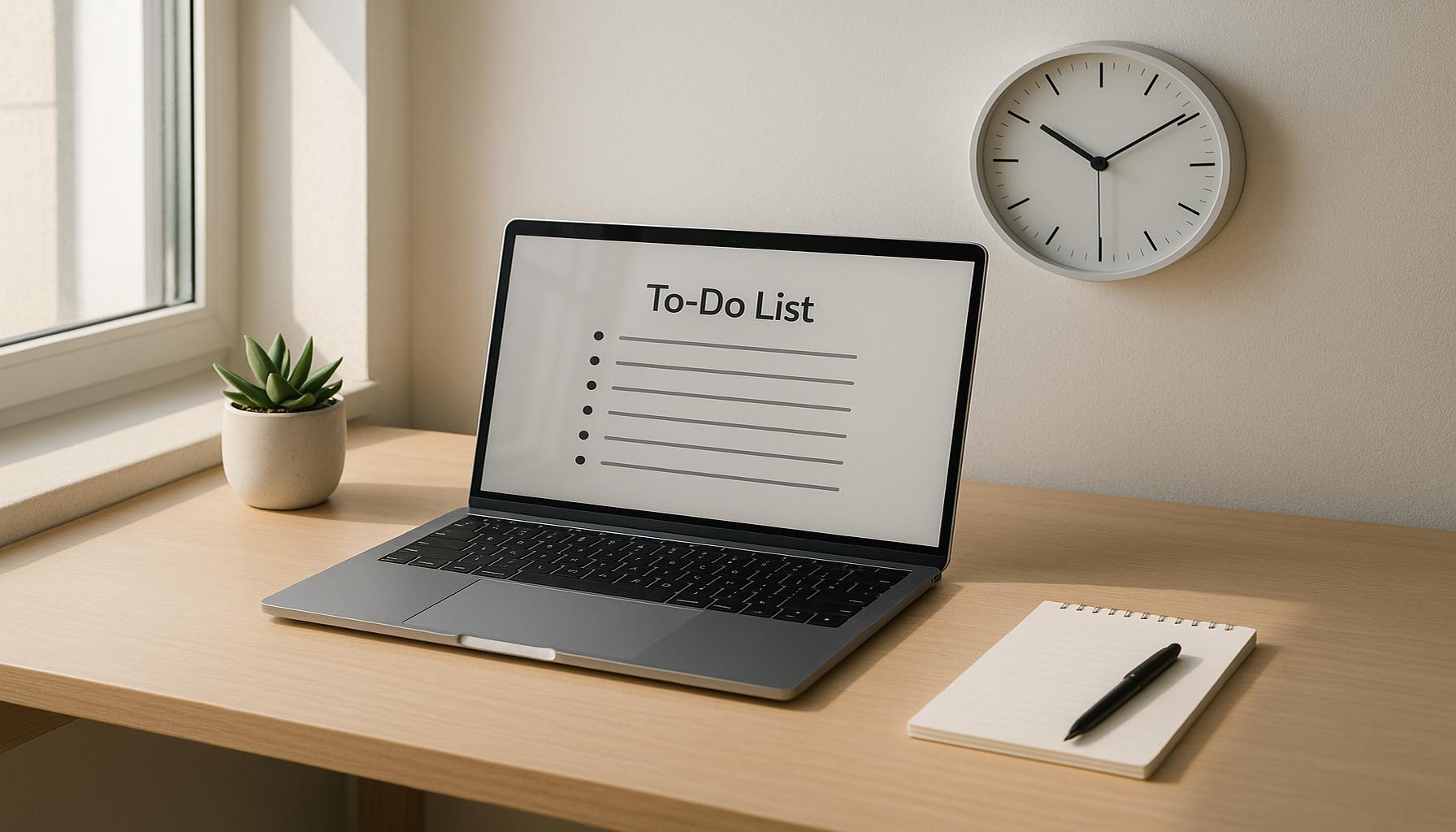Minimalist Personal Organization Strategies to Boost Productivity
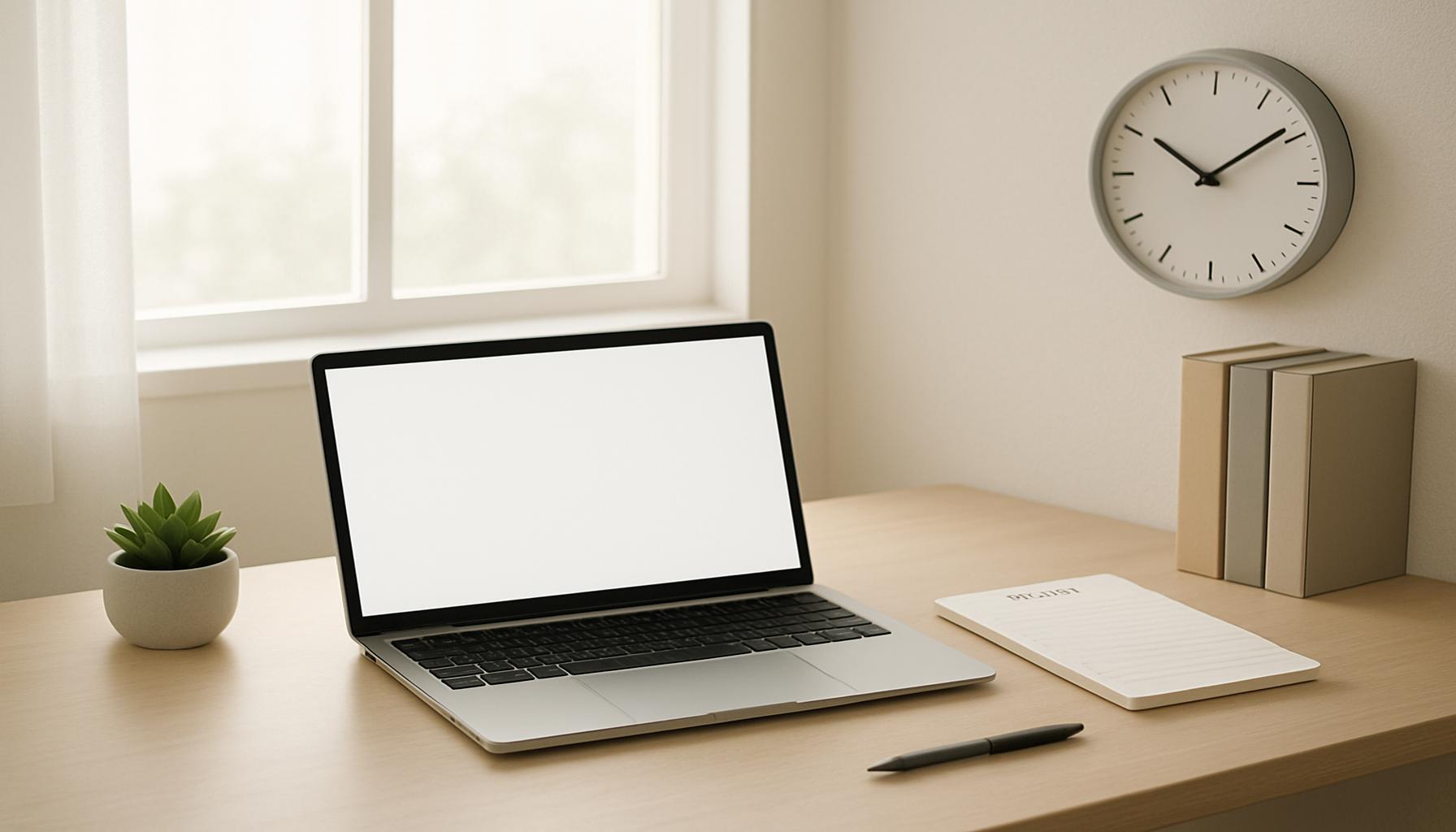
Finding Clarity in Simplicity
In today’s fast-paced world, the pursuit of minimalism has emerged as a powerful antidote to overwhelm and chaos. It invites individuals to strip away the excess and focus on what truly matters, making it particularly relevant in the context of personal organization and productivity. As more people seek to enhance their efficiency, understanding minimalist organization strategies can lead to profound changes in daily routines.
Minimalist organization is not merely about decluttering physical space; it encompasses mental and emotional clarity as well. This holistic approach helps individuals identify priorities, create streamlined workflows, and ultimately, maximize productivity. By embracing simplicity, one can navigate the demands of work and life with renewed energy and focus.
In this article, we’re excited to present the Top 5 minimalist organization strategies designed to invigorate your productivity. Each strategy serves as a stepping stone towards a more organized and efficient lifestyle, allowing you to reclaim time and space. Prepare to discover techniques that can transform how you manage your tasks and responsibilities.
Top 5 Strategies for Minimalist Personal Organization to Maximize Productivity
In today’s fast-paced world, productivity is often hampered by an overabundance of tasks, distractions, and a chaotic lifestyle. Many people are turning toward minimalism to counter these challenges and enhance their overall efficiency. Minimalism, at its core, isn’t just about getting rid of excess possessions; it’s a philosophy of intentional living and systematic organization that directs focus toward what truly matters. For those keen on elevating their productivity, here are the top five strategies that can transform your work and personal life.
5. Digital Decluttering
In our technology-driven era, the proliferation of digital clutter can be a silent productivity killer. More than ever, our devices are filled with files, redundant apps, and overwhelming email threads. Digital decluttering is a strategic approach to tidying up the digital space to foster a productive environment.
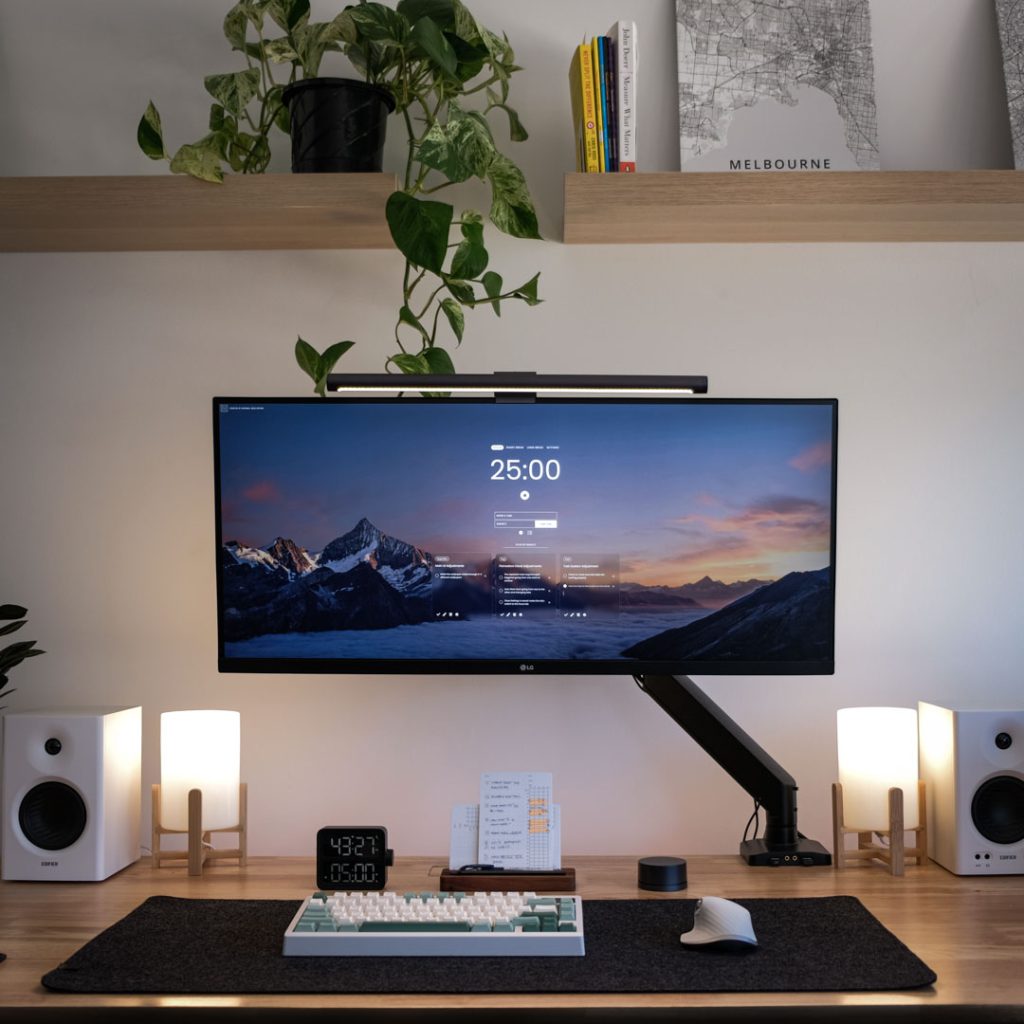
Begin by scrutinizing your computer desktop. An organized desktop reflects an organized mind. Archive or delete obsolete files and ensure documents are stored in clearly labeled folders. Similarly, look at your email inbox—unsubscribe from newsletters you never read, archive old conversations, and set up filters to manage incoming mail efficiently.
Another aspect is limiting the number of open tabs on your browser. Each tab can be a potential distraction, preventing you from focusing on the task at hand. Implementing a tab manager can help you keep your browser under control. By maintaining a decluttered digital environment, one reduces stress and creates a seamless workflow.
4. The 2-Minute Rule
The 2-Minute Rule, introduced by productivity guru David Allen, is a remarkably straightforward concept that can dramatically increase efficiency. If a task requires two minutes or less to complete, handle it immediately rather than deferring it to a to-do list. This small yet powerful action prevents minor tasks from accumulating and becoming daunting.
For this rule to effectively transform your day, scan through your tasks each morning and identify those fitting this quick timeframe. Encourage your team or family members to incorporate this rule into their routines, creating a culture of immediate action and reducing future burdens.
Revisit your to-do lists periodically throughout the day and apply the 2-Minute Rule. By actively tackling small items immediately, you can maintain momentum and concentrate on larger projects without unnecessary interruptions.
3. Time Blocking
The concept of time blocking revolutionizes how one’s day can be organized. Unlike unpredictable to-do lists that can lead to endless task-switching, time blocking is about dedicating specific intervals for particular tasks, creating a structured environment conducive to focus and deep work.
Start by categorizing your tasks into blocks. Allocate portions of your day to different projects, meetings, or personal time. Use tools like digital calendars to visualize and manage your blocks effectively. Setting reminders can also help transition smoothly between tasks, minimizing downtime.
This planned organization of time ensures that you allocate your valuable hours to meaningful activities, creating a disciplined schedule where no essential task is overlooked.
2. Intentional Space Creation
The aesthetics and organization of your physical surroundings significantly impact your mental state and productivity levels. Intentional space creation champions the idea of setting up a workspace that is orderly and only includes elements that support your work and wellbeing.
Begin by decluttering your desk. Keep only those items that are essential and inspire positivity. Incorporate practical organizational tools like trays, shelves, or vertical document files to maximize space utilization and maintain tidiness.
Moreover, consider color psychology when setting up your workspace. Calming tones like blues or greens can enhance focus and creativity. A deliberate, pleasant workspace minimizes distractions and fosters an environment where productivity can thrive.
1. The Power of Prioritization
At the pinnacle of productivity strategies is prioritization. This technique involves analyzing and arranging tasks based on their importance and urgency, ensuring your efforts are channeled toward meaningful achievements.
The Eisenhower Box, a priority matrix that categorizes tasks by urgency and importance, is a powerful tool for effective prioritization. By identifying high-impact tasks that align with your long-term goals and setting them at the forefront, you can drive significant progress.
Regular reassessment of priorities is crucial. As projects and goals evolve, adjusting your focus is necessary to stay on course. Effective prioritization not only reduces anxiety by providing a clearer direction but also enhances productivity by aligning actions with desired outcomes.
Incorporating these minimalist strategies into your personal organization routine acts as a catalyst in achieving profound productivity. It’s not just about working harder but smarter, concentrating on what genuinely matters, and living a balanced, focused life. Embark on this minimalist journey, and uncover the potential within a well-organized and purpose-driven existence.
| Category | Key Features | Advantages | Disadvantages | Who Would Benefit |
|---|---|---|---|---|
| Digital Decluttering | Organizing files, emails, and digital tools | Enhances focus by reducing distractions; saves time during searches. | May require time initial investment and ongoing maintenance. | Professionals who manage large amounts of data. |
| Time Blocking | Scheduling specific hours for focused work on tasks | Increases productivity by making task completion tangible; helps in managing procrastination. | Can feel rigid and may lead to frustration if unexpected tasks arise. | Individuals seeking structured work habits. |
| Priority Management | Methods like Eisenhower Matrix for sorting tasks based on urgency and importance | Clarifies decision-making regarding where to focus efforts; ensures alignment with overall goals. | Risk of overlooking smaller, yet critical tasks. | Entrepreneurs and team leaders aiming for strategic focus. |
| Minimalist Workspace Setup | Reducing physical clutter in work environments | Boosts mental clarity and fosters creativity; creates a peaceful work environment. | Might need time for adjustment; could inhibit productivity if too minimalistic. | Creative professionals and anyone working from home. |
By implementing these strategies, individuals can significantly enhance their productivity through a minimalistic lens. Digital decluttering paves the way for a distraction-free work environment, allowing for deeper focus on essential tasks. Time blocking serves to create a structured approach to work, ensuring that every moment is accounted for, even if it may initially appear inflexible. Priority management clarifies what truly matters in a hectic world, steering efforts towards the most impactful tasks and aligning daily activities with long-term goals. Lastly, cultivating a minimalist workspace setup can open the doors to greater creativity and mental clarity, an essential blend for those thriving in the digital age.The journey towards personal organization can’t be understated, as it serves not only as a means to achieve more but also enriches one’s overall lifestyle and well-being.
Frequently Asked Questions about Minimalist Personal Organization Strategies
What is minimalist personal organization, and why is it beneficial for productivity?
Minimalist personal organization focuses on simplifying your surroundings and routines to clear mental and physical clutter. This approach emphasizes keeping only essential items and commitments. By doing so, individuals can reduce distractions and increase focus, leading to greater efficiency and productivity. This streamlined lifestyle promotes clarity, enabling quicker decision-making and enhancing overall well-being.
How can I start implementing minimalist strategies in my daily routine?
Begin by assessing your current lifestyle to identify areas that cause friction or stress. Start small—perhaps decluttering a desk or reorganizing your digital workspace. Incorporate prioritization by listing tasks each day and focusing only on the ones that must be completed. Consistency is key; regularly evaluate your commitments and eliminate non-essential activities. Over time, these adjustments lead to increased productivity and free up mental space.
Can minimalist organization methods be adapted for different personality types?
Absolutely. While some people thrive in environments that are visually sparse, others may need selective stimuli to stay motivated. Customizing your minimalist approach is essential. For instance, visual learners might benefit from keeping a tidy but inspirational corkboard. The goal is to tailor the strategies to enhance productivity based on individual preferences while maintaining the minimalist principle of keeping the essential and discarding the superfluous.
Are there any drawbacks to adopting a minimalist lifestyle for productivity?
While minimalism can offer significant benefits, it might not suit everyone. Some individuals might feel restricted by a simplified environment or might take minimalism to an extreme, potentially discarding items or commitments that may later prove necessary. It is crucial to maintain balance and flexibility—adapt the principles of minimalism to your lifestyle without being too rigid. Regularly re-evaluate and adjust your approach as your needs evolve.
Conclusion
Embracing minimalist strategies for personal organization can profoundly impact one’s productivity. Through the lens of simplicity, individuals can declutter not only their physical spaces but also their mental landscapes, paving the way for enhanced efficiency and focus. By adopting a minimalist approach, the distractions and chaos of unnecessary possessions and commitments are minimized, allowing for a streamlined path to achieving daily goals.
The article has explored several methods to implement this lifestyle effectively. A recurring theme within the strategies discussed is the importance of prioritization. Identifying tasks that align with core values and goals is paramount, as this directs energy toward endeavors that yield the most significant impact. Additionally, simplifying daily routines, reducing decision fatigue by automating repetitive tasks, and creating an environment that fosters concentration are all crucial elements for boosting productivity.
Another critical takeaway is the impact of digital detoxing and technological decluttering. In an age ruled by constant connectivity, setting boundaries with technology ensures that individuals can reclaim their time and mental clarity, leading to more profound and focused work sessions.
In closing, the journey toward personal organization through minimalism is as much a mental shift as it is a physical one. The principles of minimalism teach us to value quality over quantity and essentialism over abundance. As individuals continue to explore these strategies, they may find that a minimalist approach not only elevates productivity but also enriches their quality of life, enabling them to uncover newfound freedom and purpose within everyday tasks.
Adopting these principles requires intentional choices and persistent effort, but the rewards of heightened productivity and a more peaceful existence are well worth the journey. Dive deeper into this philosophy, and you might just discover a transformative approach to both life and work.
